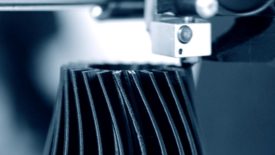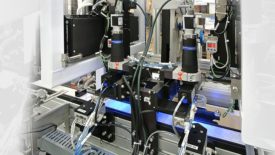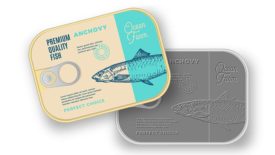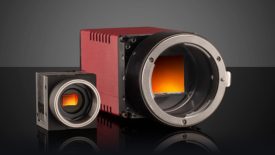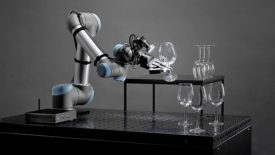Featured on Home Page
Speaking of Quality | Jim Spichiger
Why do these member leaders dedicate their precious personal time to serve?
Read More
Column | Jim L. Smith
Face of Quality: KPI Fundamentals
Focusing on the right things is the key to success.
January 15, 2022
Column | Darryl Seland
From the Editor: Environmental Influences
Accelerating evoution, delivery apps, and handicapping.
January 15, 2022
Software & Analysis
Using Simple Linear Regression For Instrument Calibration?
Learn why orthogonal regression is a better approach.
January 8, 2022
Quality 101
Quality in Additive Manufacturing
To facilitate widespread adoption of AM, it will be necessary for material property data to be shared among the design community at large instead by being held by a few large companies.
January 8, 2022
Vision & Sensors
Vision & Sensors 101: Machine Vision System Integration
Success with vision system integration requires starting right.
January 1, 2022
Vision & Sensors | Automation
Bringing AI to Visual Inspection
Adding automated decision-support for human operators helps speed visual inspection rates and improve product quality.
January 1, 2022
Vision & Sensors | Sensor Trends
Growing Sensor Sizes And Uncertainty In Pairing Lenses and Cameras
Lens and camera manufacturers need to collaborate to develop new mounting standards for the new, large sensor formats already on the market, as well as the ones that will be introduced.
January 1, 2022
Vision & Sensors | Machine Vision Trends
The Rise of Machine Vision
Machine vision is increasingly used in applications outside the factory.
January 1, 2022
Management
Spending is Back: The 21st Annual Quality Spending Survey
The 21st Annual Quality Spending Survey shows that quality professionals are looking to invest again.
January 1, 2022
Stay in the know with Quality’s comprehensive coverage of
the manufacturing and metrology industries.
eNewsletter | Website | eMagazine
JOIN TODAY!Copyright ©2024. All Rights Reserved BNP Media.
Design, CMS, Hosting & Web Development :: ePublishing







